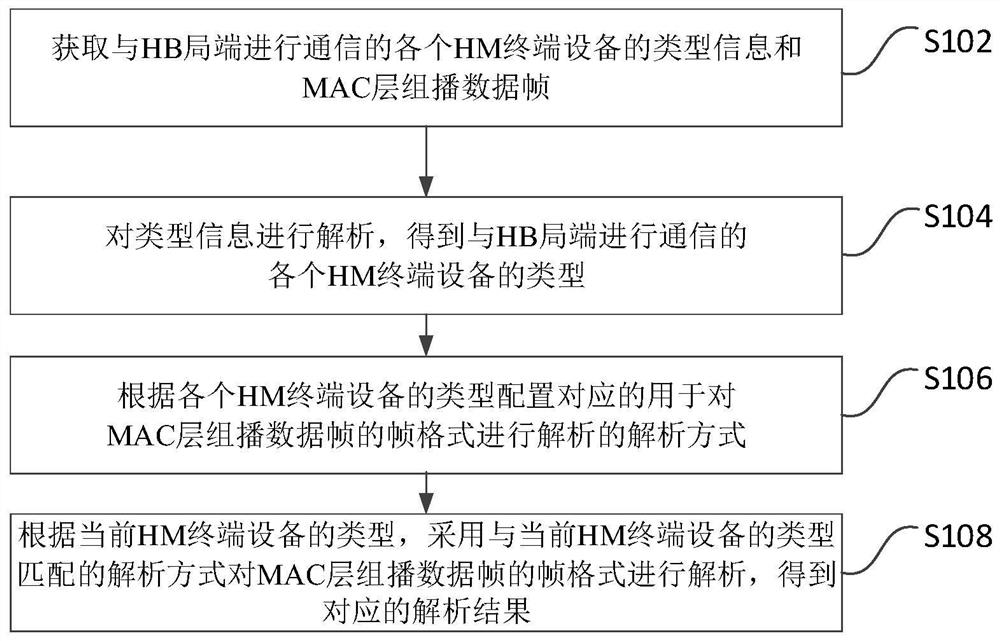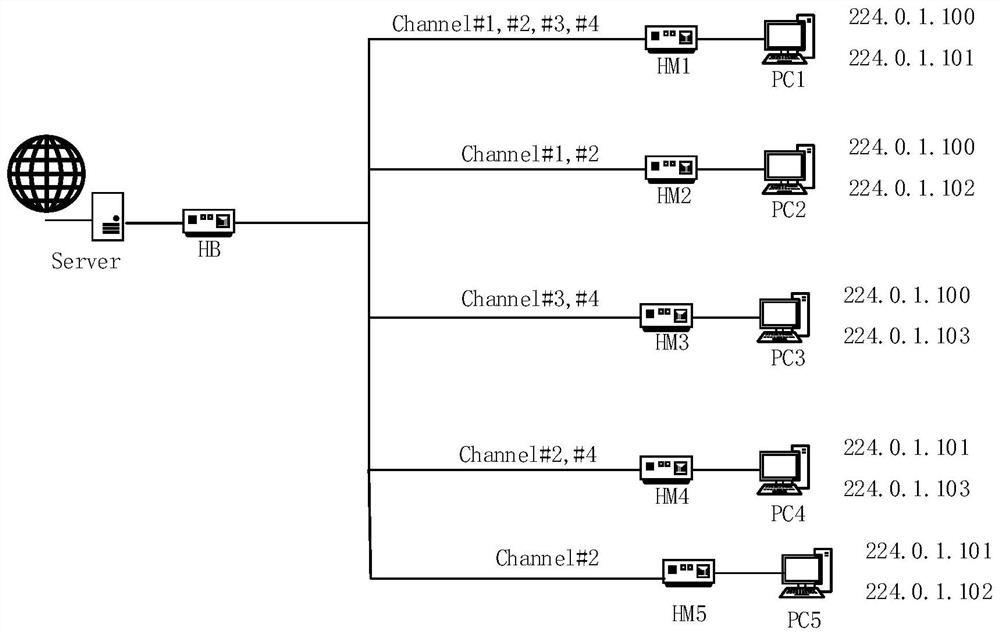Frame format analysis method and device of MAC layer multicast data frame based on HINOC system
A multicast data and frame format technology, applied in the field of communication, can solve the problem of low resolution efficiency
- Summary
- Abstract
- Description
- Claims
- Application Information
AI Technical Summary
Problems solved by technology
Method used
Image
Examples
Embodiment Construction
[0042] The following description and drawings illustrate specific embodiments of the invention sufficiently to enable those skilled in the art to practice them.
[0043] It should be clear that the described embodiments are only some of the embodiments of the present invention, not all of them. Based on the embodiments of the present invention, all other embodiments obtained by persons of ordinary skill in the art without creative efforts fall within the protection scope of the present invention.
[0044] Based on the existing parsing method, the resolution efficiency of the frame format of the MAC layer multicast data frame is low. For this reason, the application provides a frame format parsing method of the MAC layer multicast data frame based on the HINOC system and Device, to solve the problems existing in the above-mentioned related technical problems. In the technical solution provided by the application, the type information and the MAC layer multicast data frame of e...
PUM
 Login to View More
Login to View More Abstract
Description
Claims
Application Information
 Login to View More
Login to View More - R&D
- Intellectual Property
- Life Sciences
- Materials
- Tech Scout
- Unparalleled Data Quality
- Higher Quality Content
- 60% Fewer Hallucinations
Browse by: Latest US Patents, China's latest patents, Technical Efficacy Thesaurus, Application Domain, Technology Topic, Popular Technical Reports.
© 2025 PatSnap. All rights reserved.Legal|Privacy policy|Modern Slavery Act Transparency Statement|Sitemap|About US| Contact US: help@patsnap.com



